

Addressing the specific causes of breakdowns in these cleaning devices can significantly enhance their reliability and lifespan. Regular maintenance, including checking the oil levels and cleaning filters, is paramount. Neglecting such basic upkeep often results in diminished performance or total failure.
Another frequent issue arises from using inappropriate detergents. Many users mistakenly employ harsh chemicals that can damage internal components. Adhering to manufacturer guidelines for cleaning agents is essential. Using the correct products can prevent internal corrosion and maintain optimal functionality.
In my experience, improper storage plays a crucial role as well. Leaving equipment exposed to severe weather or temperatures can hasten wear and tear. Protecting your device by storing it indoors or using a protective cover can significantly mitigate this risk.
Lastly, a common oversight is ignoring warning signs during operation. Unusual noises, reduced pressure, or leaking fluids should not be dismissed. Timely assessments can prevent minor issues from escalating into major repairs, ensuring that your equipment remains in top condition.
Common Causes of Equipment Breakdown
Regular maintenance is critical. Neglecting to check and replace the oil in the pump can lead to overheating. Always adhere to the manufacturer’s schedule for oil changes.
Pump Issues
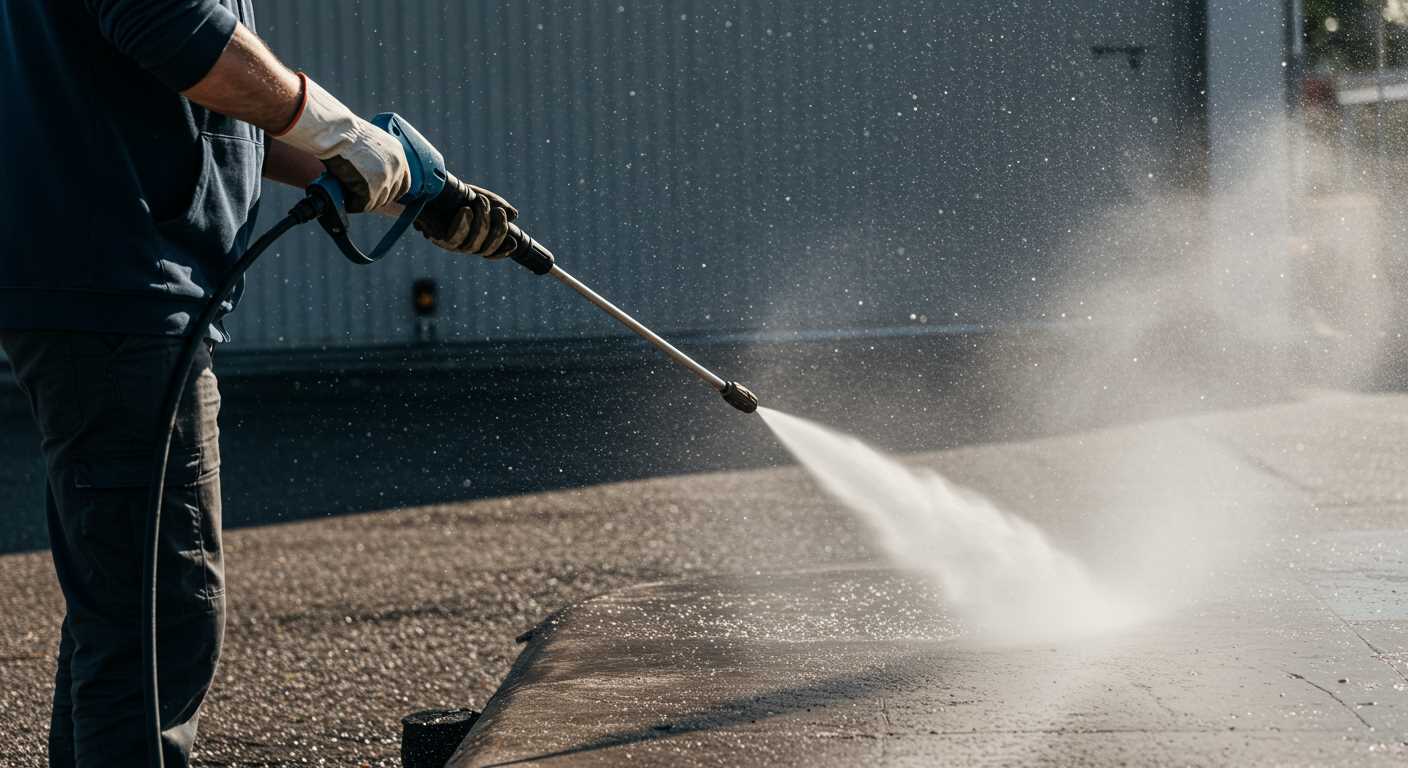
Pumps can suffer from water leaks due to worn O-rings or cracked housing. Inspect these components often. Any signs of wear should prompt immediate replacement to prevent further damage.
Clogged Components
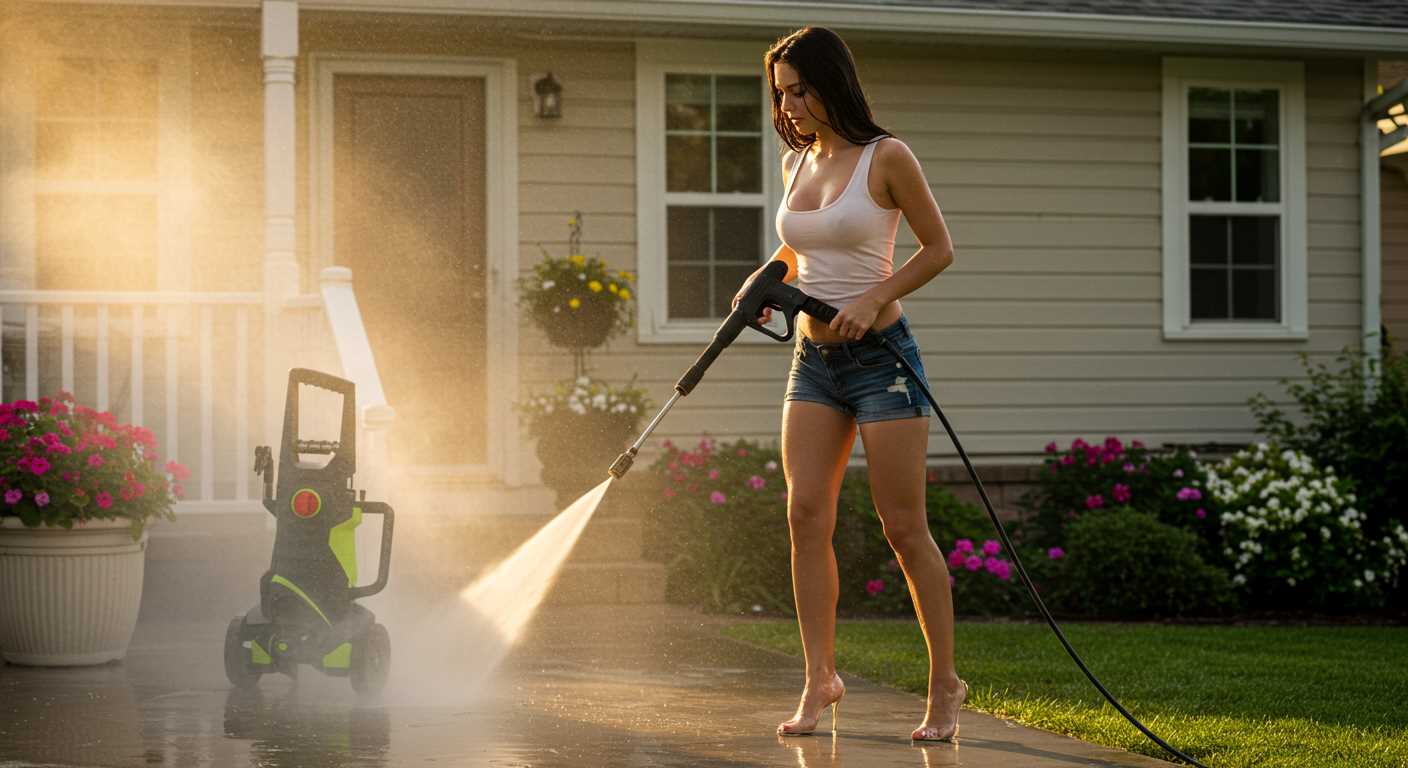
Debris in the nozzle or hose restricts water flow, causing the motor to work harder than necessary. Clear out blockages regularly. Use a small wire or nozzle cleaning tool, ensuring water can flow freely.
Power supply problems often stem from using an incorrect extension cord. Make certain the cord meets the specifications laid out in the manual. An insufficient power supply can damage internal components.
Always store equipment correctly. Freezing temperatures can lead to water remaining in hoses and pumps, resulting in cracking. Drain all water before storing unit in cold conditions.
Internal contamination can occur if dirty water is used. Regularly clean filters and always use clean water to maintain ideal working conditions.
Watch for abrupt changes in performance. Sudden loss of pressure can indicate serious internal issues. Address these changes immediately, as they often indicate something is amiss within the system.
Common Signs of Equipment Problems
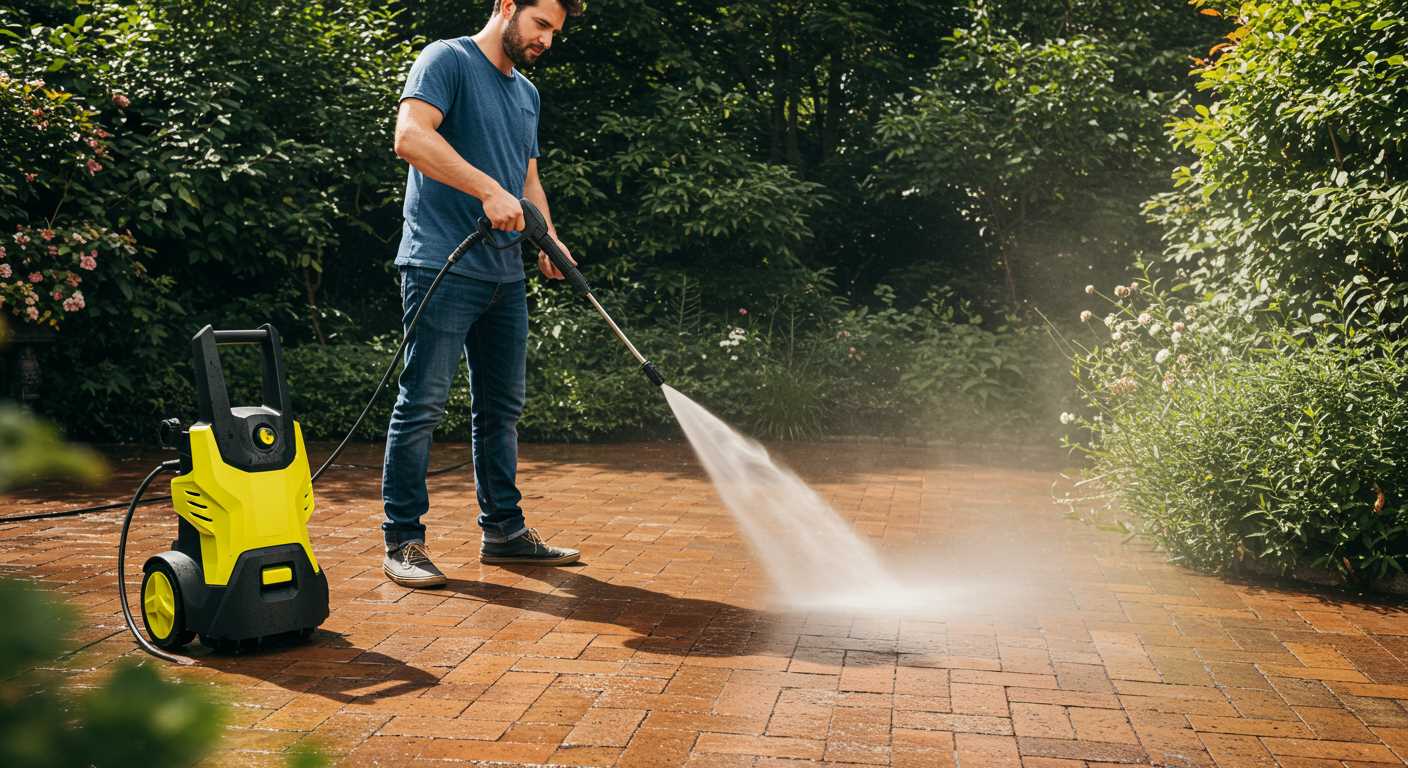
An immediate indicator of issues is diminished water output. If the stream is reduced to a trickle, inspect the nozzle and hose for clogs or kinks.
-
Strange Noises: Unusual sounds during operation may suggest internal damage or wear. Listen for rattling or grinding, which can signal severe complications.
-
Inconsistent Pressure: Fluctuations in force indicate potential malfunctions. Check the pressure gauge for accurate readings and monitor for pressure loss during use.
-
Leakage: Visible leaks around the pump or hoses can halt performance. It’s crucial to inspect all connections and seals regularly.
If you notice discolouration or a burning smell, it may hint at overheating or electrical problems. Regularly maintain the motor and wiring to avoid catastrophic failures.
-
Starting Issues: If the motor struggles to start or requires multiple attempts, assess the power source and connections.
-
Vibration: Excessive shaking may indicate internal misalignment or damaged components. This can cause further wear if ignored.
-
Odours: Unpleasant smells can arise from overheating or burning. Turn off the machine immediately and investigate the cause.
Monitoring these signs helps prolong your unit’s lifespan and ensures reliable functioning. Addressing minor issues promptly can prevent them from escalating into costly repairs.
Electrical Issues: Understanding the Causes
Regularly inspecting the electrical components of your equipment is vital. A common culprit behind malfunction is faulty wiring. Check for frayed wires or loose connections, as these can interrupt the power supply and cause various operational issues.
Power Supply Problems
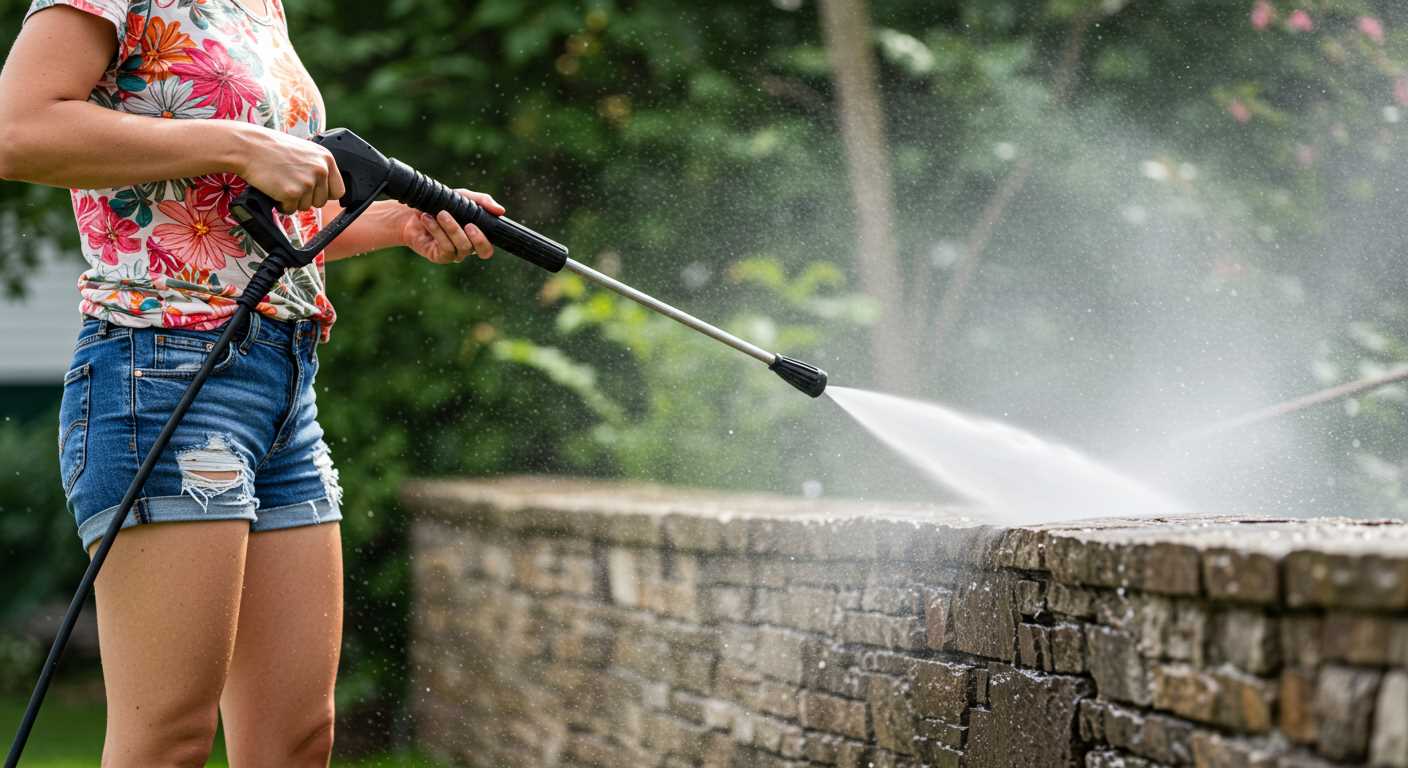
Ensure the unit is receiving the correct voltage. If there is a fluctuation in voltage or inadequate power supply, the motor may not start or could overheat. Always connect to a stable outlet and consider using a surge protector to shield against power spikes.
Overheating and Circuit Breakers
Overheating often stems from prolonged usage without breaks. This can trigger circuit breakers to cut off power. To prevent this, follow the manufacturer’s guidelines on operation time. Additionally, check the cooling fan; a malfunctioning fan will lead to heat accumulation and eventual shutdown.
Lastly, inspect the switches and control panels regularly. Faulty switches can break the circuit intermittently. Replacing worn-out components or those showing signs of wear will help maintain reliable performance.
Fuel System Failures in Gas Pressure Washers
Gas models often run into issues stemming from their fuel systems, leading to performance problems. A common point of concern is old or contaminated fuel. Using fuel that has been stored for an extended period, especially beyond 30 days, can result in deposits that clog the carburettor and impede engine operation. Regularly refreshing fuel is essential for optimal function.
Carburettor Concerns
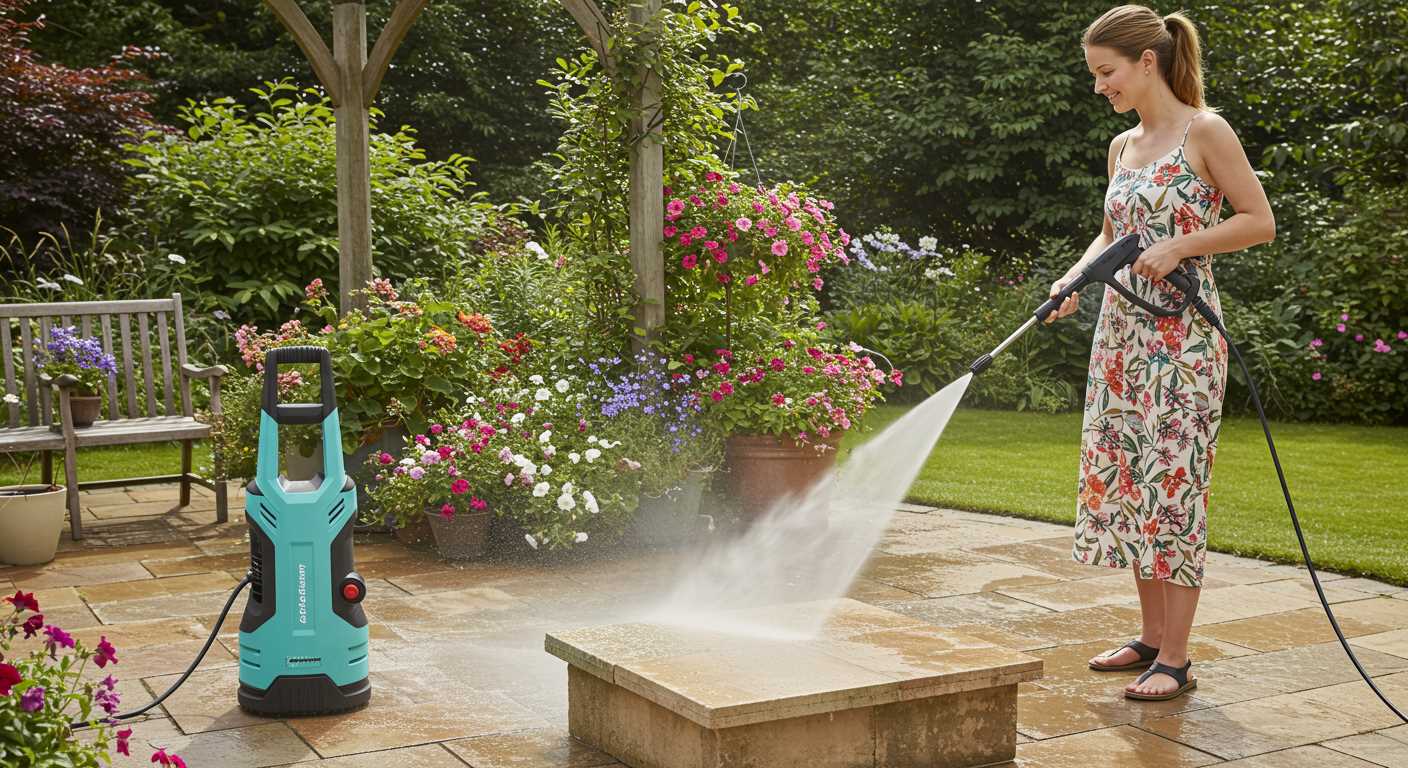
Another frequent culprit arises from the carburettor itself. Dirt, debris, or even the wear and tear from prolonged use can compromise its functionality. If you notice starting difficulties or irregular engine behaviour, cleaning or replacing the carburettor should be a priority. Ensure that the fuel filter is also inspected and replaced as needed to prevent contaminants from entering the system.
Fuel Lines and Connections
Fuel lines might develop leaks over time, causing a drop in pressure and leading to inefficient engine operation. Regularly examining hoses for cracks or wear can prevent further complications. Tightening connections and checking for blockages keeps the fuel flowing seamlessly, significantly enhancing performance. Don’t overlook the importance of using the correct fuel type, as incorrect fuel can exacerbate these issues.
Pump Malfunctions and How to Identify Them
Inspect for unusual noises, like grinding or whining, as these indicate potential problems within the pump assembly. Regularly check for water leaks beneath the unit; consistent puddling often points to worn seals or damaged components.
Monitor the pressure output during operation. If you notice a significant drop in force, it may suggest a blockage or internal wear. Low pressure can arise from:
- Clogged inlet filters
- Damaged impellers or piston seals
- Incorrect nozzle size
Conduct a visual inspection of the pump housing. Cracks or corrosion can lead to leaks that affect performance. Testing the system’s pressure relief valve should also be routine. If it fails to operate smoothly, this failure can disrupt normal functioning.
Evaluate the thermal relief system. If the unit overheats, it could automatically shut down to prevent damage. Continuous overheating requires checking for blockages in the cooling system or issues with the bypass valve.
Pay attention to unusual vibrations during operation. Excessive shaking may signal loose components within the pump assembly. Tightening all accessible bolts and screws can help mitigate this problem.
Always refer to manufacturer guidelines for proper maintenance schedules. Regular servicing can significantly extend the life of your unit and prevent common malfunctions.
Impact of Clogged Filters on Performance
Regular inspection and cleaning of filters can significantly enhance the overall functionality of cleaning devices. When filters become clogged, the flow of water is restricted, leading to inadequate performance during operation. This results in decreased cleaning efficiency, as dirt and grime are not removed effectively.
Signs of Clogged Filters
Indicators of obstructed filters include:
- Unusual changes in water pressure
- Pulsating or inconsistent spray patterns
- Reduced cleaning efficacy
- Excessive strain on the motor
Maintenance Recommendations
To prevent filter clogging, follow these steps:
- Inspect filters monthly and clean or replace them as needed.
- Use clean water free of debris and contaminants to minimise buildup.
- Consider adding a pre-filter if using water from non-traditional sources.
| Filter Type | Cleaning Method | Replacement Frequency |
|---|---|---|
| Foam filters | Rinse with water, allow to dry | Every 3 months |
| Paper filters | Replace with new filter | Every 6 months |
| Mesh filters | Soak in soapy water, rinse | Every 6 months |
A well-maintained filter system ensures optimal performance and extends the lifespan of the entire unit. Implement these maintenance practices to avoid unnecessary repairs and maintain peak functionality.
The Role of Hose Damage in Pressure Washer Functionality
Regularly inspecting the hose for wear and tear can prevent unexpected issues during operation. A compromised hose can lead to significant drops in performance due to loss of water pressure and increased risk of leaks. Look out for visible cracks, abrasions, or bulges that indicate damage.
When the hose suffers from internal blockages, it can impair flow and efficiency. Clear any debris by flushing water through the hose before use. If blockages persist despite cleaning, consider replacing the hose entirely.
A properly attached hose at both ends is critical. Loose connections may result in leakage, reducing the effectiveness of your equipment. Ensure a tight fit to maintain optimal pressure.
Investing in quality hoses can extend the lifespan of your equipment. Cheaper options may not withstand high pressure and may degrade prematurely. Select hoses that are rated for the specific pressure levels your model requires.
Store hoses carefully to avoid kinks and twists that can lead to damage. Avoid leaving them in direct sunlight for prolonged periods, as UV rays can weaken the material over time. Rolling them up neatly after each use can help prevent physical stress.
Replacing damaged hoses promptly ensures continued efficient operation and avoids more severe, costly repairs to your unit. Always follow manufacturer recommendations for hose specifications to maintain compatibility and performance.
Preventative Maintenance Tips to Avoid Breakdowns
Regular inspections play a critical role in sustaining performance. I recommend checking for any signs of wear and tear on hoses and connections. Look for cracks or leaks, and replace components as necessary.
Fluid levels should be monitored consistently. Maintaining the appropriate amount of oil in gas models is vital; low oil can lead to serious engine issues. Ensure fuel quality is decent; stale fuel can ruin the engine’s efficiency.
Cleaning air filters frequently can significantly enhance performance. Clogged filters restrict airflow and cause the engine to overwork, leading to premature failures. I suggest checking them after every few uses, especially in dusty environments.
Winterisation is essential if you live in colder climates. Draining the system and storing it in a dry area prevents freezing, which can crack components and damage seals. In spring, refill with fresh liquid and check for leaks before use.
Consider the use of lubricants on moving parts. Regularly applying a few drops can minimise wear and prolong the life of the unit. Make sure you use the manufacturer’s recommended oils to avoid compatibility problems.
Replacing nozzles is often overlooked but necessary for efficient functioning. Worn or damaged nozzles can drastically reduce water flow and pressure, causing the device to work harder and potentially leading to breakdowns.
Lastly, ensuring the equipment is properly stored can prevent many future issues. Protect it from harsh elements and store it in a stable environment. This simple step can dramatically extend its life span.








